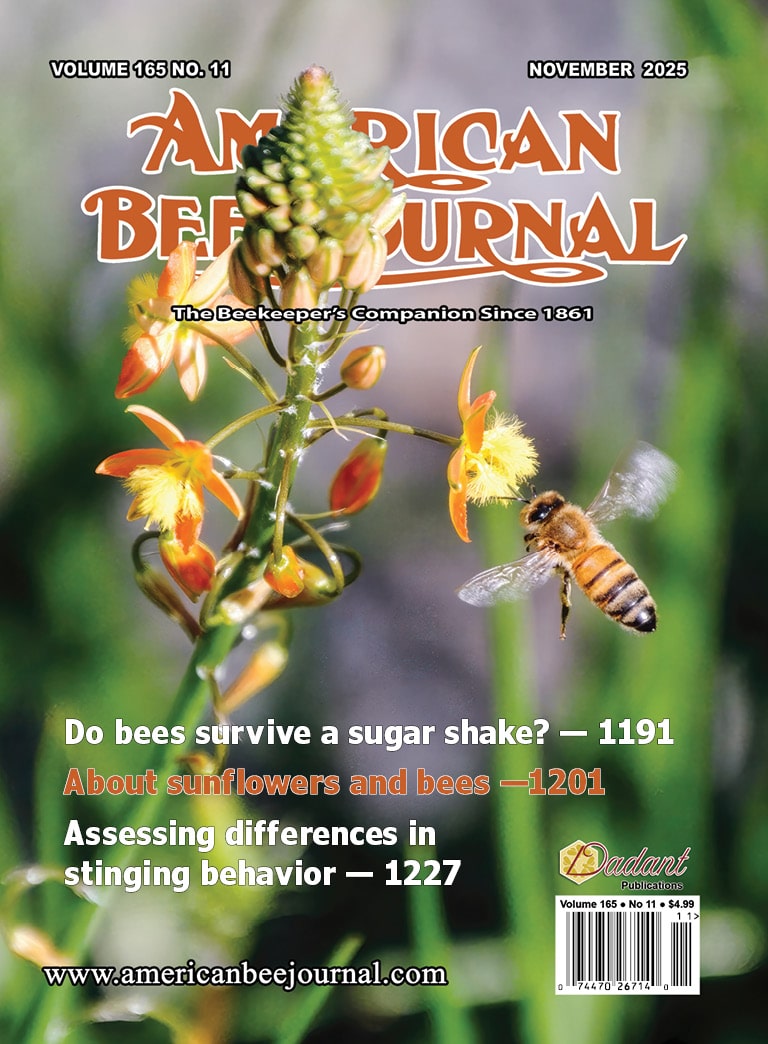Notes from the Lab
Should Beekeepers Rough Up Their Hive bodies to Promote Propolis?
During the height of the COVID-19 pandemic, most people invested time and effort into staying healthy. I’m guessing nearly everyone reading this article bought and used hand sanitizer and face masks. Plexiglass screens were erected at the check-in areas of businesses, and work surfaces were disinfected frequently.
We did these things because we’re a social species that interacts extensively with each other — which has many benefits, but also increases our risk of picking up a sickness. In normal times, most of us are okay picking up a common cold every now and then, so we don’t take extensive precautions. But when there’s risk of serious illness, for example during a global pandemic, we’re willing to invest more time and effort in precaution.
Like us, honey bees are a species that benefits from social interactions, but in doing so risks picking up diseases. Honey bees don’t have hand sanitizer and disinfectant sprays, but they do have something similar: propolis. Every beekeeper is familiar with propolis: It’s the glue between your hive bodies that requires a hive tool to pry them apart (see Photo 1), it’s the reason you have orangish-yellow stains on your jacket and hands, and it also happens to be a substance that has well-documented antimicrobial benefits for bees.
When wild honey bees inhabit a tree cavity, they line their nest with a continuous layer of antimicrobial propolis. But managed colonies have sparser or non-existent propolis linings of their nests. Can we entice bees to deposit more propolis in managed hives? Does increased propolis deposition improve their ability to combat disease? Are there consequences for colony productivity and survival? These are the topics for the seventy-fifth Notes from the Lab, where I summarize “Thinking inside the box: Restoring the propolis envelope facilitates honey bee social immunity,” published in the journal PLoS One [2024] and written by Maggie Shanahan, Mike Simone-Finstrom, and colleagues at the University of Minnesota and the USDA’s Agricultural Research Service Honey Bee Breeding, Genetics, and Physiology Laboratory in Baton Rouge, Louisiana.
Perhaps a bit ironically, and certainly with some added challenges, Shanahan and Simone-Finstrom and colleagues conducted their study during the COVID-19 pandemic. They evaluated propolis deposition and colony health metrics in stationary colonies in 2019-2020, and in a migratory operation in 2019-2020 and 2020-2021…


